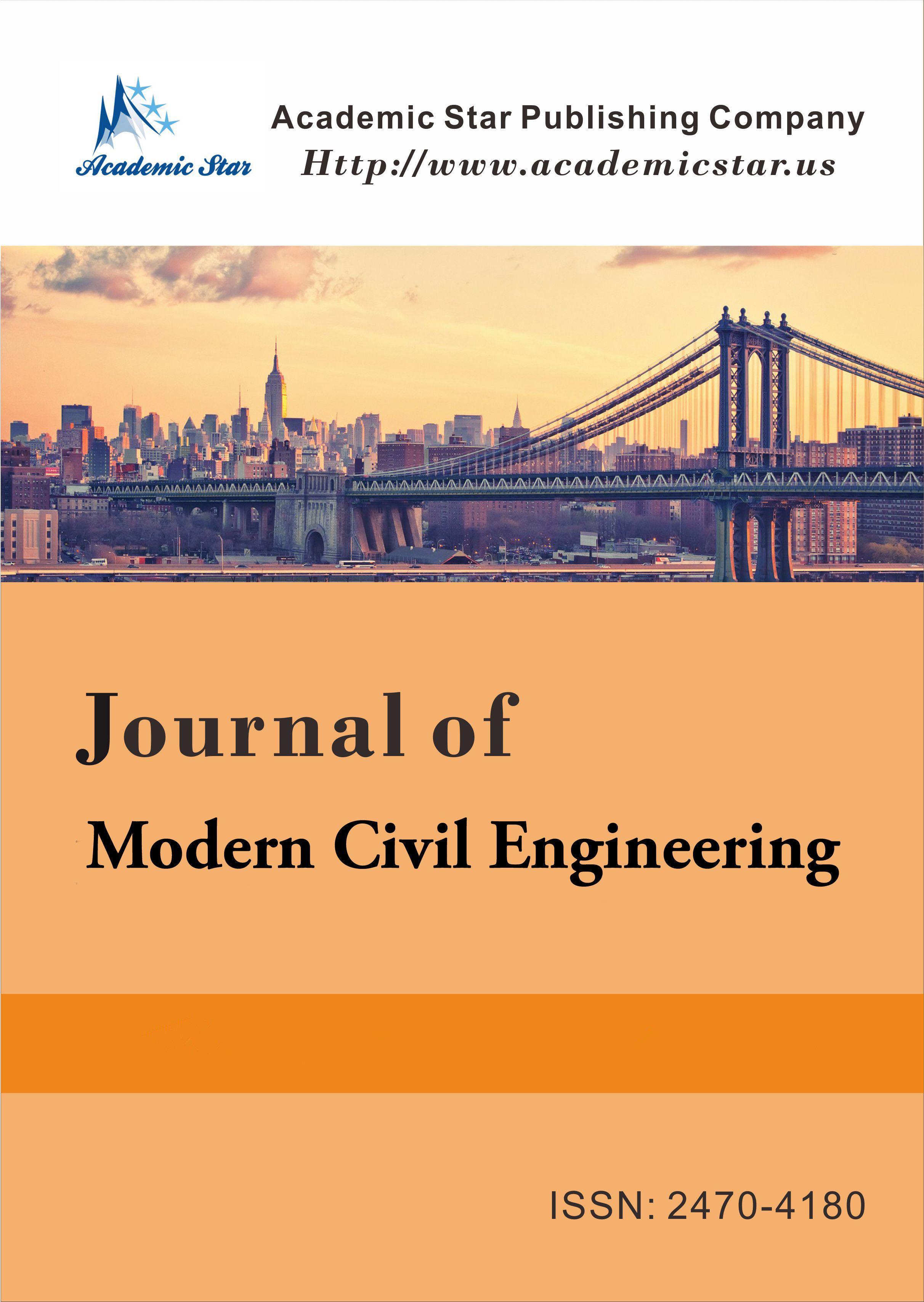
- ISSN: 2470-4180
- Journal of Modern Civil Engineering
Importance of Considering the Influence of Temperature in the Structural Design of Flexible Pavements
Josefa Rombe A., and José Diogo B.
Polytechnic University, Paulo Samuel Kakomba, 913, Mozambique
Abstract: Flexible pavements are the most verified type of structures in Mozambique. These, which have too many pathologies, which makes their good performance questionable. The presence of these negatively affects the road mobility of people and goods, a fact that contributes to large losses in the general economic scope of the country. With the repeated passage of the wheelsets combined with the viscoelastic characteristic of the flexible pavement, it is verified that after the removal of the load on it, the pavement does not fully recover its initial position. This phenomenon is called creep, defined as a slow and progressive deformation of the material when subjected to constant stress, in which the deformations grow over time even under a non-variable load. The objective of this research is to eliminate the pathologies that occur in flexible pavements in Mozambique, demonstrating that the effect of temperature should be considered in the calculation of pavement sizing. In the present work, the scope of the problem is directed through the hypothesis that the lack of consideration of the viscoelasticity phenomenon in the analysis of flexible pavements, underestimates the stresses and strains actions required in the structural calculation. In this study, two analysis models are adopted for the simulations, in which the first is the elastic A-linear model, which assumes all layers as elastic linear and the second, as the B- viscoelastic model, which admits the first layer as viscoelastic and the remaining linear elastic. For this purpose, in the study a methodology was adopted based on the results of the deformations of the simulations carried out for each model, in the case of the study of the road construction project in section 1 - Maputo By Pass, Maputo ring road, whose results demonstrated the existence of a strong correlation between the temperature effect and the excessive deformations during the analysis of model pavements. Each model was made up of 6-layer structures, and each structure was considered to have a double circular wheel-loaded area, the sensitivity parameters of the pavement materials, such as load, tire contact pressure, Poisson coefficients and modulus of elasticity, were also considered. From the simulation made with the help of the KENLAYER program for the two pavement models, it was revealed that: Model A — Elastic linear pavement admits low surface stresses in relation to Model B — viscoelastic pavement, both models showed that both the stresses as well as the deformations, decrease as the depth increases and being higher in the positions of load location.
Key words: floors, viscoelasticity, temperature variation






